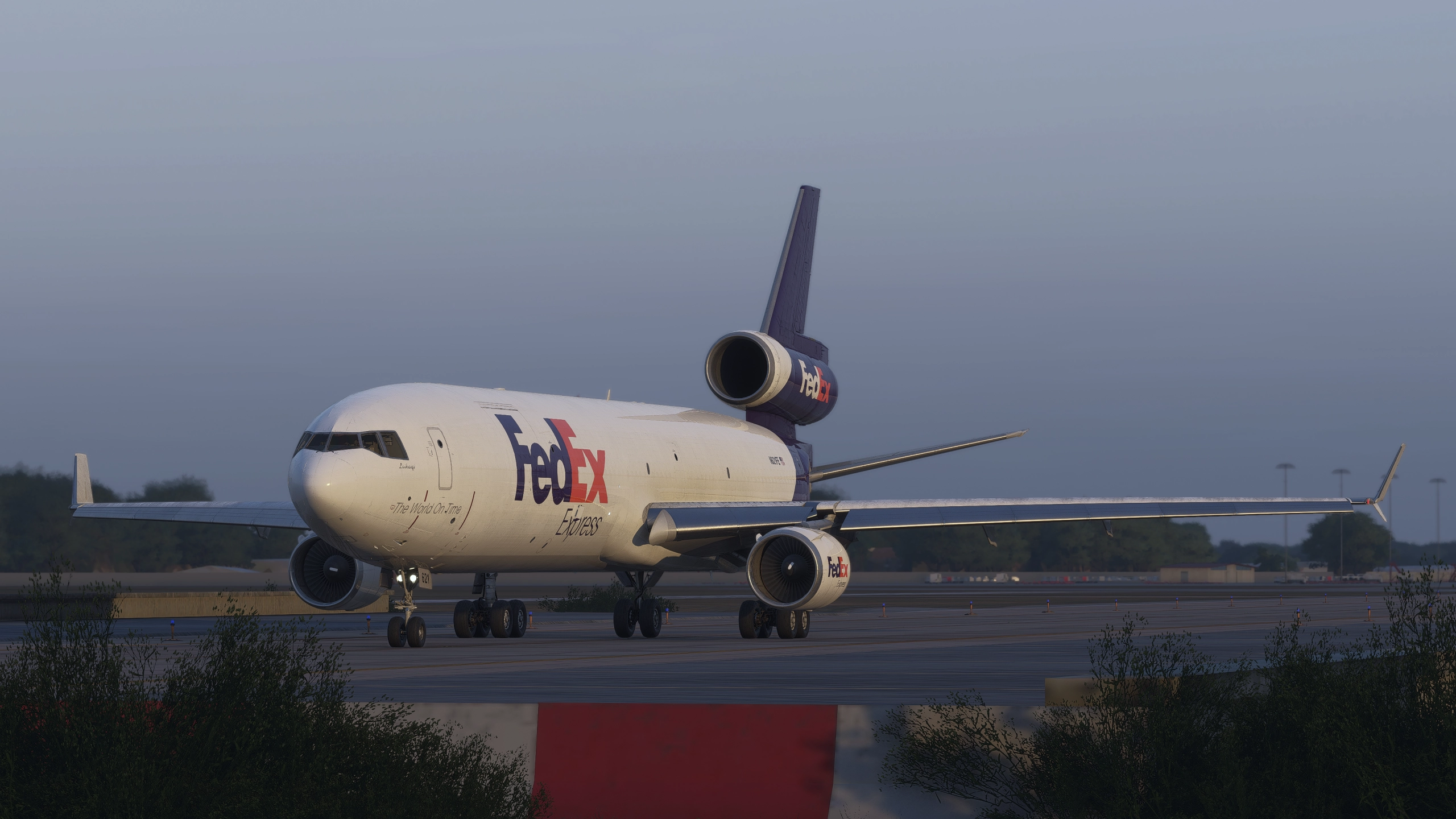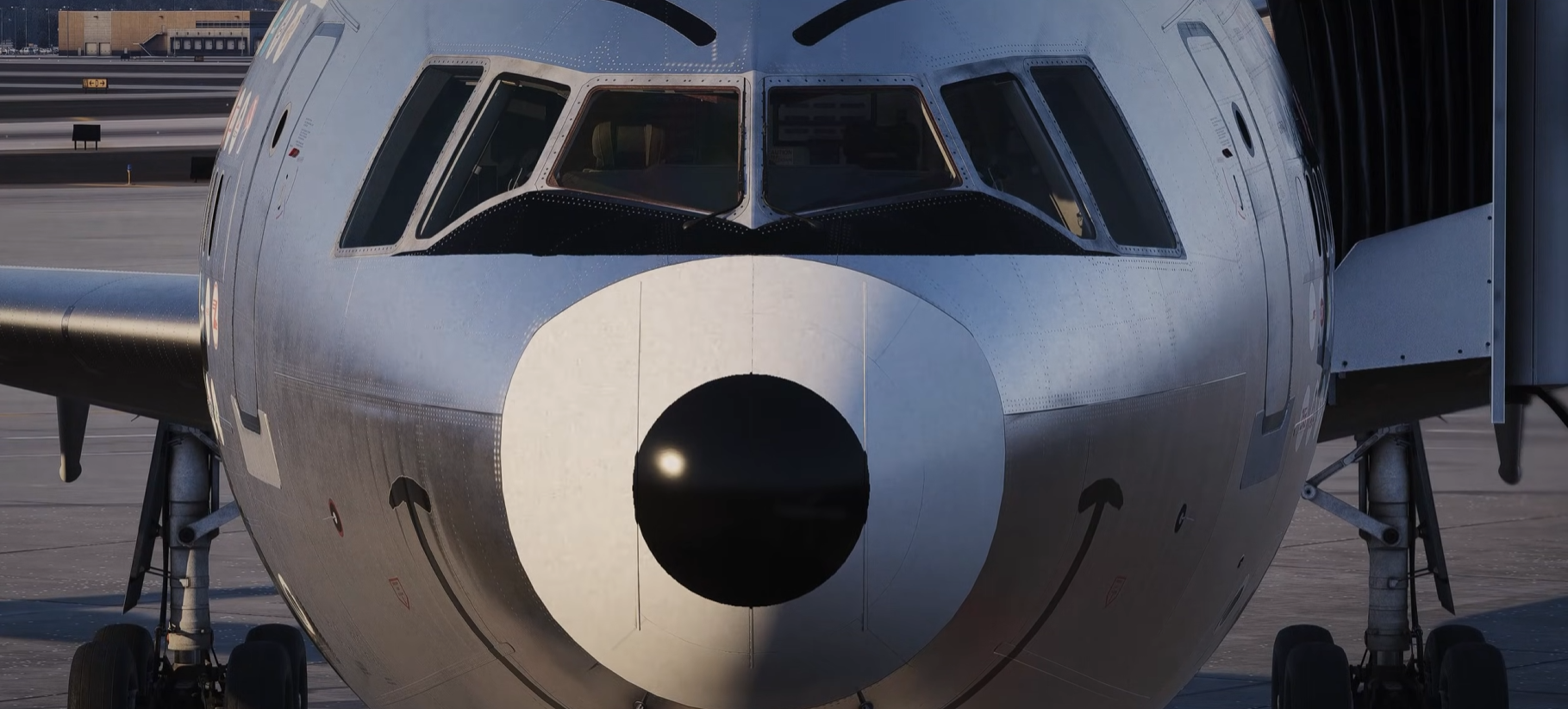POSCON Publishes February 2020 Development Update
A development update regarding Positive Control Network (POSCON) has been published by Andrew Heath to their forum.
In the post, Heath began the update saying the Invite-Only Beta is nearly ready for publication, pending some remaining bug fixes. Emails to beta participants will then be sent out.
"Those who make it into Phase 1 will receive invite codes for Phase 2 to distribute at your discretion, but those codes will not be immediately available," said Heath. "We will keep you posted on when they become available to distribute."
A recap of the plan for the Invite-Only Beta was also listed:
Pilots will require an invite code and subsequent approval in order to participate
- Status Update: This is still the case. All available invites have been distributed and those who received an invite are patiently waiting for the approval email, which will come soon.
ATC will be hand-picked by POSCON staff and will be required to sign an NDA
- Status Update: This is still the case. One thing to note, however, is that we will most likely be very slowly implementing ATC. In fact, the first couple of weeks will most likely see little to no ATC coverage on the network as it still requires some additional dev work.
Operating times will be schedule limited
- Status Update: This is no longer true. We plan to have the server up and running 24/7 as we have separated our development and production environments. We will inform everyone of scheduled down times when we make updates to the production servers.
Number of users was planned at between 500-1000
- Status Update: This is still the case; we have invited between 600-700 users to Phase 1.
NDA is not required for Invite-Only Beta, Phase 1
- Status Update: This is still the case. You are not required to sign a non-disclosure agreement (NDA) unless you are hand-picked to be an ATC. We will continue to maintain a select group of NDA pilot beta testers to test new features in our development environment.
Following on from this, Heath went into the specifics of various aspects of the network, beginning with the voiced system.
"One of the main blockers that prevented us from releasing POSCON sooner was the decision to completely rewrite our voice system.
"Six months ago we were using the TeamSpeak 3 SDK for our voice infrastructure, but we decided using TeamSpeak 3 would limit our technical growth into the future. As a result, we opted to get rid of TeamSpeak completely before any sort of public release.
"Over the past few months we have worked tirelessly to develop our very own custom infrastructure and I am happy to report that it is now completed."
At the release of the Invite-Only Beta, the voice server will support:
- Many simultaneous connections.
- Ground-based transceiver locations; there are currently 4,667 locations entered into our database.
- Propagation of transceiver locations to the Radar Client.
- Option for separate PTTs per radio (e.g. VHF #1 and VHF #2), separate volume controls per radio, and separate audio devices per radio.
- The server supports this, but the pilot clients do not support this yet.
Voice effects supported are as follows:
Full VHF simulation including:
- 8.33 kHz and 25 kHz spacing.
- Terrain line-of-sight processing.
- Beat simulation.
- End-of-transmission popping tones.
- Wavelength simulation.
"Another factor that prevented us from releasing POSCON sooner was the decision to build out a custom Single-Sign-On or SSO," he stated when talking about the website and administration aspect of POSCON.
"It became apparent, as we added new products and technologies to our software suite, that the generic open-source or even payware services would not meet our needs.
"I am happy to report that our custom SSO has been completed and is fully functional. Here are some additional web features we will release with:"
- GDPR compliance.
- A support system.
- Basic flight statistics.
- ICAO 2012 formatted flight plan form:
- An integrated help tutorial is provided on the page.
- The form validates while entering data.
- Feedback and generic points system.
- Live Map used to view online traffic (updates every 2 seconds).
- Users can leave feedback about each other using the map.
- Moderators can initiate ghosting, disconnects, and bans using the Live Map interface.
- Pilot Client Web UI, which can be accessed on any device with an internet connection (see below for more details).
The pilot clients are the most advanced software in their software suite, with the ability to send a host of information to the server such as position, gear and flap deployment, engine RPM, various external lights, and transponder mode and code.
- Enhanced ground-clamping using various methods for a smooth experience regardless of differences in terrain.
- Model matching. Here is how we handle model matching with the various platforms:
- For X-Plane, the models are distributed with the pilot client itself and contain custom model matching logic.
- For FSX/P3D, we have integrated the FLAi model set through our Launcher Client application (see below for more details).
- ICAO equipment and airline code validation.
- Accurate ground speed monitoring (X-Plane Only).
- VHF push-to-talk activation indications.
- AI model sounds and controls (X-Plane Only).
- The ability to control the maximum number of AI planes that will be displayed.
- In-game notification of ghosting and disconnects with explanations.
- The ability to manually toggle ghost mode or request to unghost.
- Automatic detection of change in aircraft.
Some further information and features of the pilot client web UI, pilot server and launcher client was also mentioned in the post, available to view here.
Share this page
COMMENT ADVISORY:
Threshold encourages informed discussion and debate - though this can only happen if all commenters remain civil when voicing their opinions.




.webp)
.webp)






